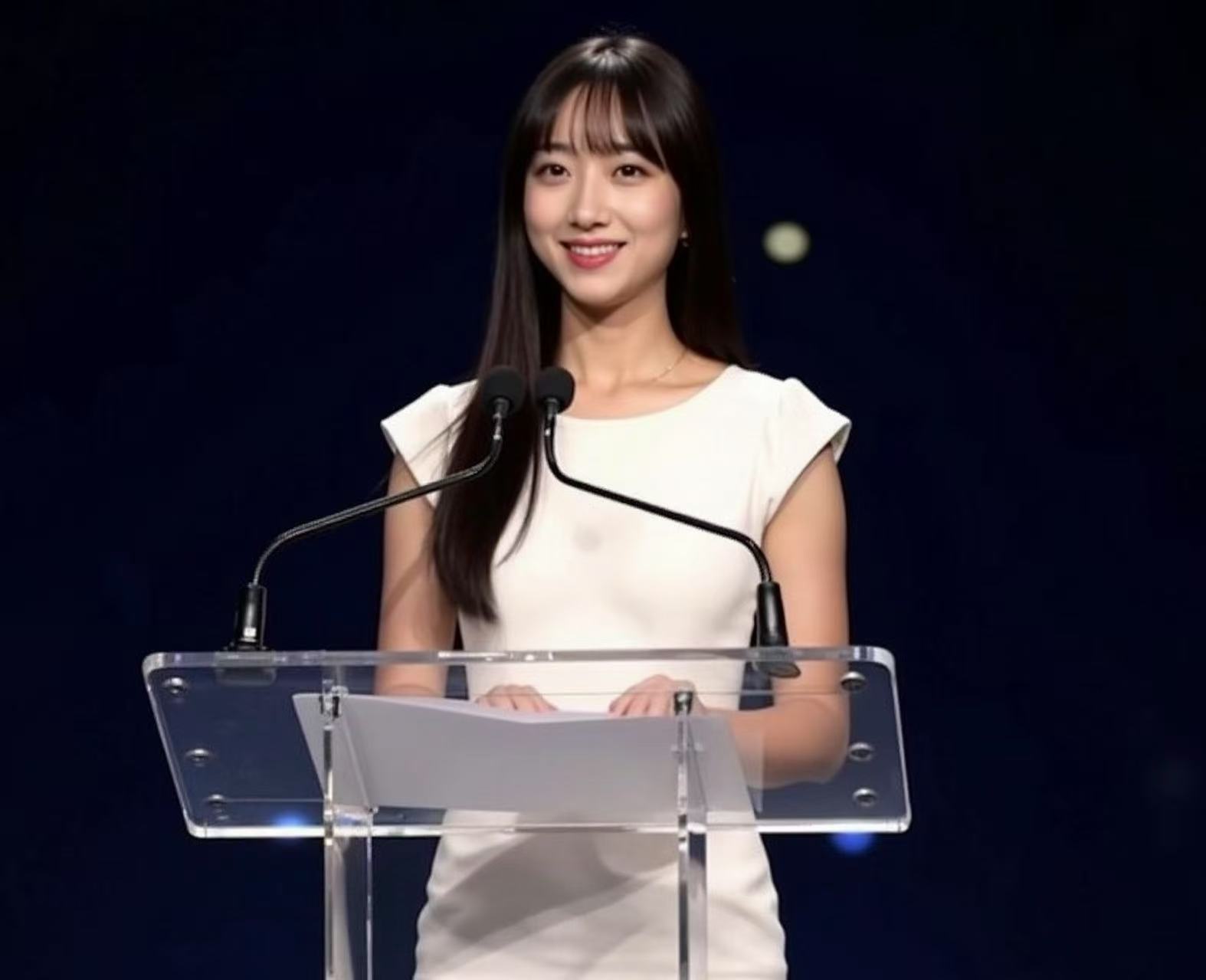We recently connected with Lily Ke and have shared our conversation below.
Lily, looking forward to hearing all of your stories today. What do you think matters most in terms of achieving success?
To me, success is about taking on problems that matter, even when they’re messy or uncertain—and having the persistence to see them through. It’s also about creating something that others can build on, not just checking a box for yourself.
One experience that really shaped this view was a research project I did on differential privacy. I was exploring how synthetic data—data that’s artificially generated to protect people’s identities—could be made more fair. At the time, there wasn’t a clear way to measure fairness in these datasets, especially when privacy constraints made everything more complicated. I kept hitting walls—some methods looked good on paper but completely failed in practice, and others couldn’t scale.
So I started building my own evaluation pipeline from scratch. I designed metrics to test how well different groups were represented after applying privacy techniques, and ran experiments to compare real-world outcomes across use cases. It wasn’t glamorous—lots of debugging, rethinking, and reading obscure papers at 2 a.m.—but eventually, the work came together. The paper got accepted to a privacy-focused ICML workshop, and later, I saw researchers referencing it when trying to assess fairness in their own models. That moment made all the struggle worth it.
It taught me that success isn’t about having all the answers—it’s about asking the right questions, being okay with setbacks, and staying curious long enough to find something that matters. And to me, that’s the kind of success that lasts.

Great, appreciate you sharing that with us. Before we ask you to share more of your insights, can you take a moment to introduce yourself and how you got to where you are today to our readers.
I work at the intersection of research and real-world product impact, building things that are both technically rigorous and genuinely useful. My focus is on privacy, fairness, and communication technologies—areas that don’t always come with easy answers, but have a huge impact on how people experience the digital world.
Most of the work I do involves identifying gaps where current systems fall short, especially when it comes to protecting user data or ensuring technologies are inclusive. For example, one of my research projects tackled the question: Can we generate synthetic data that preserves user privacy and remains fair across different demographic groups? There wasn’t a clear solution out there, so I built my own framework to evaluate fairness under differential privacy. That project ended up being published and cited by others in the field, which was really rewarding—not just because it was recognized, but because it actually helped other researchers make more informed decisions.
What sets me apart is that I don’t stop at theory. I’ve shipped over dozens of product features across platforms, where I take ideas from vague, ambiguous starting points and turn them into solutions that reach millions of users. I think my strength is in bridging research, product thinking, and technical execution—and doing it in a way that scales.
One proud moment was leading the full product cycle for a new messaging experience: I started with a hypothesis based on user frustration, ran studies to validate it, collaborated with designers and engineers, and eventually helped ship a feature that drove up engagement across key metrics. It reminded me that the best ideas often come from listening deeply and iterating fast.
At the end of the day, what drives me is solving tough problems that matter to people—and doing it with care, creativity, and a little bit of stubbornness when things get hard.
Can you share a story from your journey that illustrates your resilience?
resilience has definitely been a big part of my journey, especially as a woman and minority in tech. There were times when I felt out of place—whether it was being the only woman of color in a room, or working on deeply technical problems where I had to prove myself twice as hard just to be taken seriously. But instead of letting that discourage me, I turned it into fuel.
One thing that helped was actively seeking out community. I got involved with organizations like Women in Tech and Women in Computer Science, and attending the Grace Hopper Celebration was a huge turning point. Seeing thousands of women in tech in one place—sharing stories, leading innovation, owning their space—made me realize I wasn’t alone. That sense of belonging gave me the confidence to keep pushing forward, even when things got tough.
Over time, I started giving back. I’ve spoken at universities, colleges, and high schools—especially to students from underrepresented backgrounds—because I know how powerful it is to see someone who looks like you doing what you dream of. I’ve also served as a judge at hackathons like HackHarvard, NASA Apps Challenge, and HackPrinceton, to support and spotlight the next generation of builders.
Academically, I’ve published research across a wide range of topics—from differential privacy and fairness to machine learning, cloud computing, and distributed systems. My papers have appeared in venues like the ACM Symposium on Cloud Computing, the ICML Workshop on Differential Privacy, and AAAI. I’m proud of the breadth of that work, but also of the persistence it took—many of those projects started with more questions than answers, and took months (sometimes years) to bring to life.
Through all of it, what’s kept me going is the belief that representation and impact go hand in hand. I want to build things that matter, but I also want to open doors for others. That’s what resilience looks like for me—showing up, even when it’s hard, and making space for others to follow.
Learning and unlearning are both critical parts of growth – can you share a story of a time when you had to unlearn a lesson?
One big lesson I had to unlearn was that I needed to “fit in” to succeed—especially in tech, which is still very male-dominated. For a long time, I thought that if I just kept my head down, worked really hard, and blended in, I’d be recognized. But over time, I realized that carving out space for myself meant showing up fully as who I am—not shrinking myself to fit the room, but growing to change it.
That mindset shift started back in high school. I went to an all-girls school, which was actually really empowering. I had incredible teachers—especially my CS and Physics teachers, who both came from top universities and saw potential in me even before I fully saw it in myself. I still remember one of them saying, “Fail Early, Fail Fast.” That stuck with me. It gave me permission to try bold things, mess up, learn, and try again.
So I took every opportunity I could. I stayed up late building projects, entered coding competitions, and soaked up every bit of knowledge I could find. That same energy carried into my work life. I’ve always been diligent—if there’s a door slightly open, I’m the type to push it all the way. Whether it was leading a cross-functional product, stepping into unfamiliar research areas like differential privacy or cloud systems, or putting myself out there to give talks and judge hackathons, I leaned in fully.
But the deeper lesson was realizing that I don’t have to blend into a mold that was never designed for me. I can bring my own style of leadership, my own way of thinking—and still make space, not just for myself, but for others who are also figuring out how to belong without compromising who they are.
That shift—unlearning the need to “blend in” and embracing the power of standing out—has been one of the most important parts of my journey.
Contact Info:
Image Credits
no


